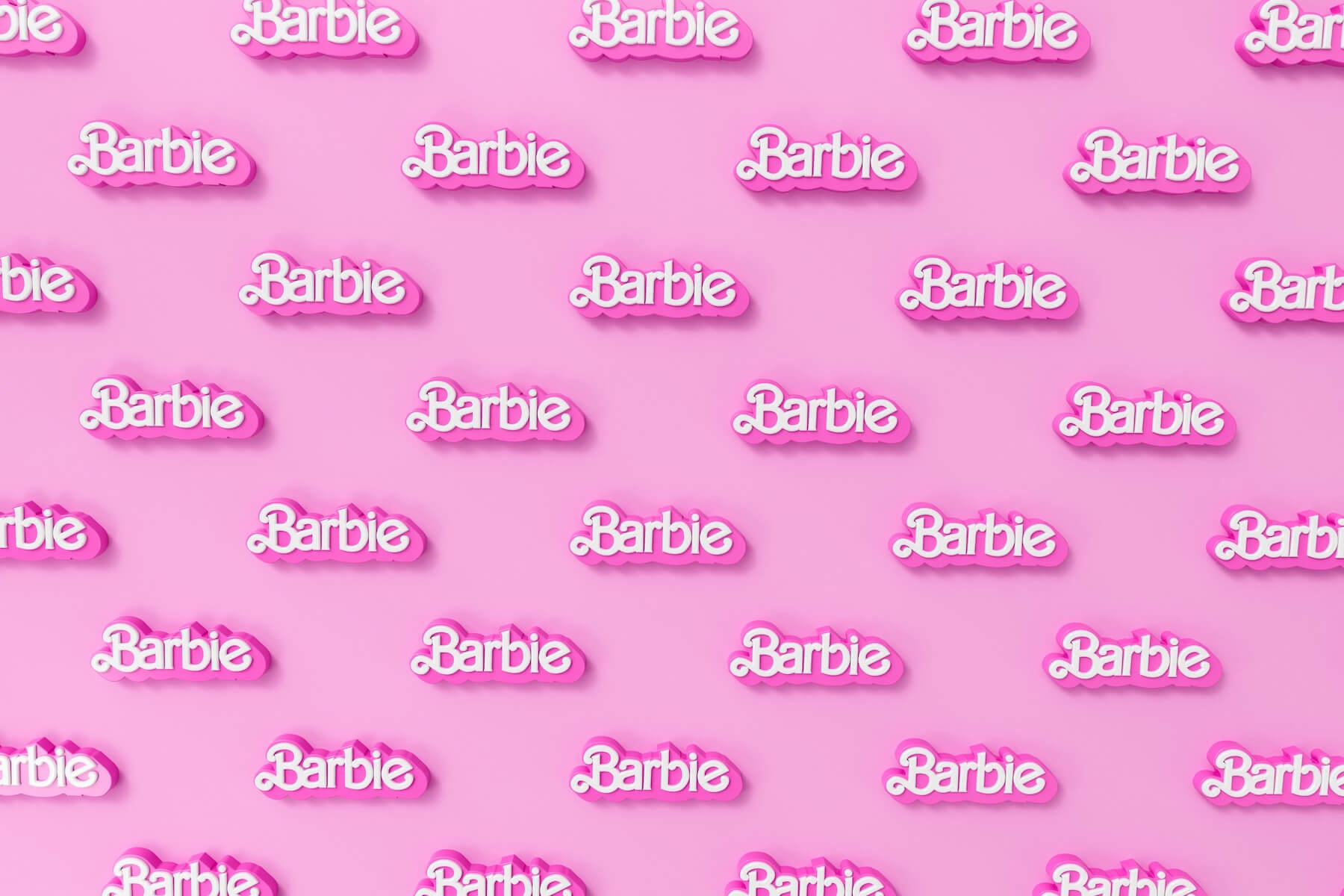When it comes to celebrating women leaders, the new Barbie movie is a Malibu dream. It’s fitting, given the iconic doll has conquered every career from being an astronaut to a dentist. But if the doll taught us that women could pursue any profession, the film teaches us that we need more women in Hollywood. Barbie continues to smash new records every day, and while fans around the globe are lining up outside movie theaters dressed head-to-toe in pink, producers are sitting in their drab offices, insisting that women-led films are still a financial risk.
We were raised believing that Barbie can do anything—even, dare I say it, write and direct a blockbuster film—but the reality in Hollywood is far from that empowering narrative. We see very few women taking the lead in the film industry. In 2021, only 13.7% of the films released by studios and mini-major companies were directed by women. Only three women have won the Academy Award for Best Director. Across 1,200 top-grossing films from 2007 to 2018, only 4.3% of directors were women.
By not investing equitably in women in leadership, Hollywood could be self-destructing. In 2023, for the first time in history, 10% of Fortune 500 companies will have a woman at the helm. It’s making those businesses better. To identify ways in which women in leadership are transforming their industries, Leadership Circle gathered research from 300 senior leaders from 237 companies in 29 industries and six countries. The results, outlined in “Understanding the Differences in Reactive and Creative Orientations Between Female and Male Leaders,” found that female-identifying leaders are more likely to hold the creative competencies that engender effective leadership, with a sense of purpose and a greater level of sustainable leadership performance.
Ignoring women directors isn’t just a financial mistake for the industry, it might be one of the worst creative mistakes in Tinseltown history. The gender disparity in Hollywood reflects the content of the movies we watch. In 1975, the feminist film theorist Laura Berger coined the term “male gaze” to describe what happens when you see art, popular culture and film through the lens of just one gender. “In a world ordered by sexual imbalance, pleasure in looking has been split between active/male and passive/female,” Berger wrote. “The determining male gaze projects its fantasy onto the female form, which is styled accordingly.”
Without diverse perspectives and women behind the camera, the male gaze dominates storytelling, reinforcing gender stereotypes and limiting the portrayal of women’s experiences. Breaking away from this pattern, when women lead Hollywood projects, they open up a new avenue for better representation, on and off the silver screen. On films with men directors only, women comprised 12% of writers. That number jumps to 53% on movies with at least one woman director. The glaring disparity shows that increasing the number of women directors not only improves gender representation behind the camera but also fosters more inclusive storytelling on screen.
Movies made by women, starring women, and catering to women audiences have consistently proven to be audience favorites and financially successful. In fact, films with female leads consistently outperform male-led ones in worldwide box office averages. Barbie raked in a whopping $155 million on its first weekend, earning it the crown for the biggest film opening of 2023. People want new stories. Hollywood needs new storytellers.
So why hasn’t Hollywood invested in women? It’s not for a lack of talented women in the industry. But Hollywood has long been a male-dominated universe where Kens in power bring in more Kens to power. We see this phenomenon in many industries; people hire individuals who resemble themselves, perpetuating a cycle of male directors predominantly hiring other men.
Then the lack of female role models further complicates things, making it difficult for women to envision themselves as directors. As a result, many women have only recently begun to realize that directing is even an option for them. Representation matters.
And just like in other men-led industries, stereotypes about women’s skills and ambition are a powerful barrier to entry. Men tend to secure more funding, as investing in women filmmakers is still perceived as riskier compared to their male counterparts. Greta Gerwig had to give us multiple successful films with strict budgets before being handed the keys to steer Barbie. Lady Bird cost $10 million but yielded $79 million. She made Little Women with just $40 million but it brought $206 million at the box office. Despite all the ways Gerwig and many others had to prove themselves, betting on women filmmakers is still considered a risk.
The advantages of hiring more women as directors extend beyond the financial success and filmmaking process. It has the potential to foster a positive culture on sets, addressing the prevalent issues of sexual assault and harassment that have plagued the entertainment industry. Hiring more women directors shifts the power dynamic on set, leading to a healthier and safer environment for everyone involved, regardless of their gender identity.
Ultimately, the solution lies in making sustainable cultural changes, achieved through strategic interventions at multiple levels. Encouraging studios to invest in first-time women directors, providing women with more leadership opportunities from the start, and holding the industry accountable for making changes can collectively pave the way for increased representation of women’s talent on movie sets.
The success of Barbie under Greta Gerwig’s direction is an example of the transformative power women can bring to filmmaking—and leadership roles in every industry. The overwhelmingly positive reception proves an appetite for stories that embrace and empower women and challenge traditional narrative conventions. Barbie isn’t just a plastic icon brought to life. She’s a beacon of reflection and inspiration, carrying tales that strike a chord with women and reminds us that living outside the male gaze is possible—and not just in Barbieland.

Amy Felix-Reese is chief operating officer for Leadership Circle. As a coach and consultant, she brings almost 30 years of practical leadership and team system experience to her clients, engaging a full-system approach through awareness, clarity, alignment, and conscious choice to navigating the complexities of leadership.





